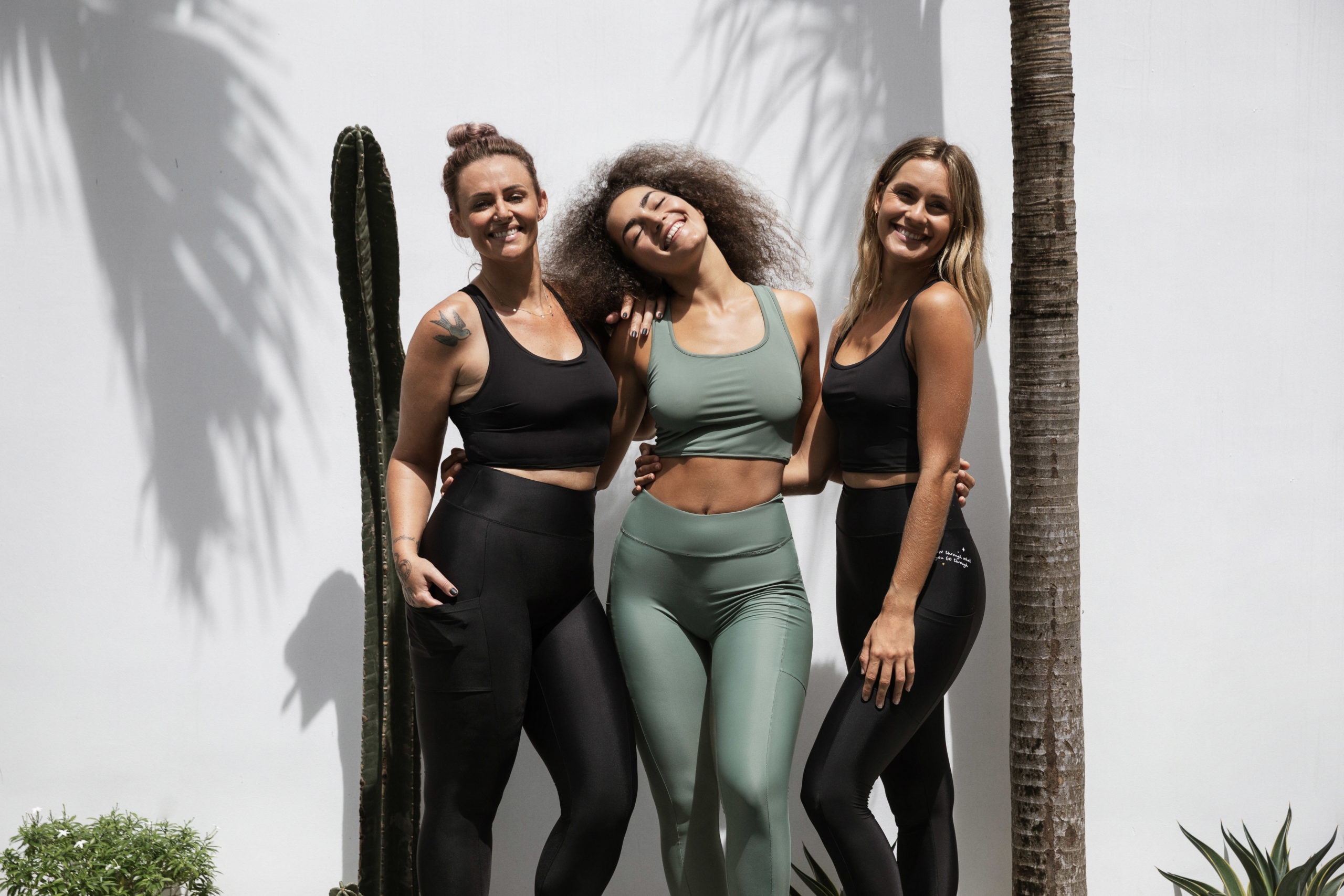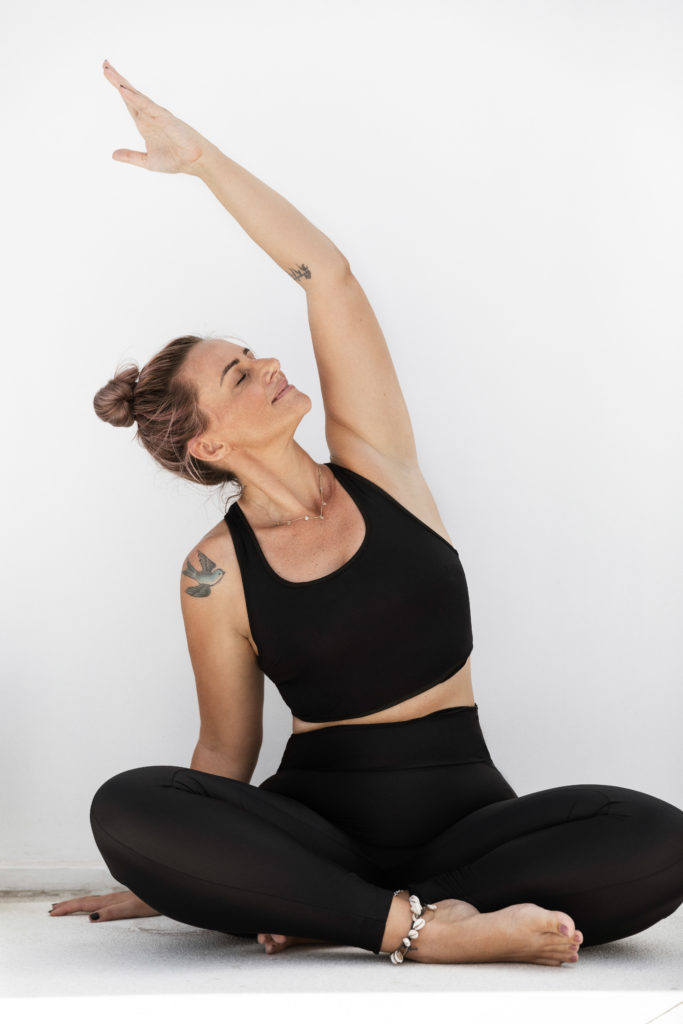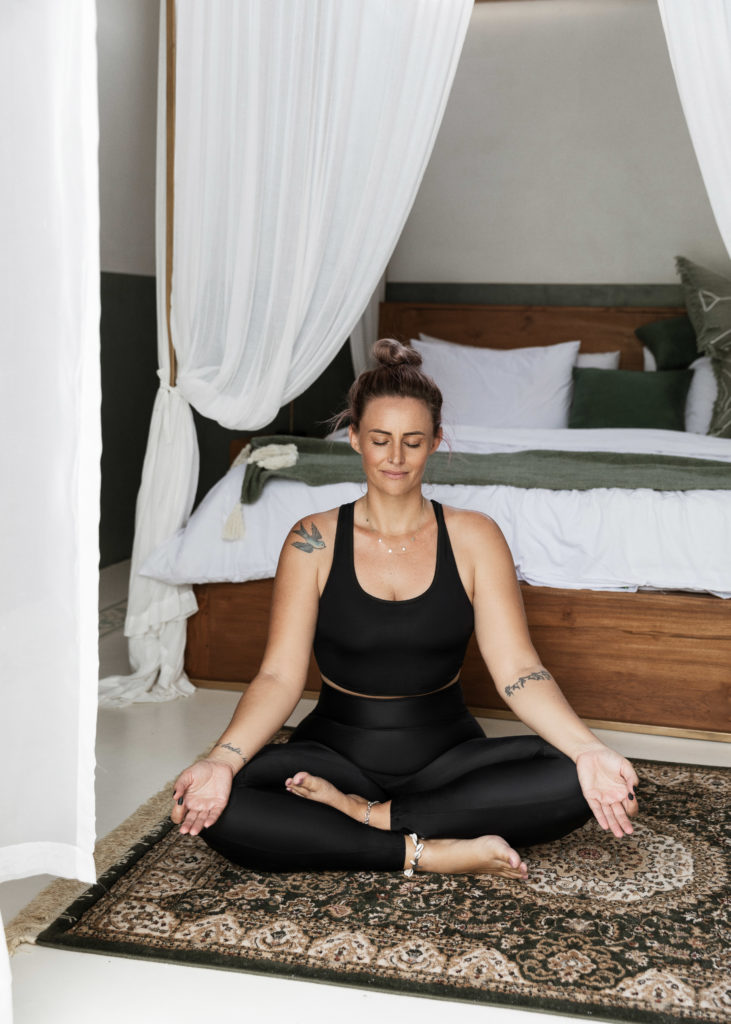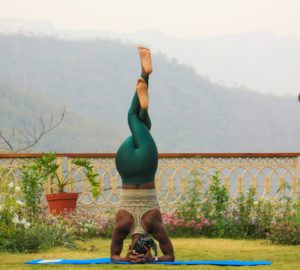Find Your Inner Peace: 4 Different Types of Yoga and Their Benefits
International Day of Yoga is June 21st and is a great opportunity to remind ourselves of the benefits of this ancient practice. The various forms of yoga developed in South-Central Asia starting in the 3rd century BCE from indigenous spiritual customs and an evolving theology that needed a way to engage with it physically.
Nowadays, all over the world, everyone’s heard of yoga, but more as a monolith type of working out, rather than a way to pursue nirvana. There are myriad different forms of yoga, so even if one doesn’t seem to be the right fit for you – never fear!
If you want to find your inner peace, or just try a little something new, here are 4 different types of yoga and their benefits.
Hatha Yoga
Hatha yoga is what the vast majority of casual, Western yoga practitioners use. It’s a gentler form of yoga that’s perfect for beginners and pros alike.
That’s because Hatha is all about balance. The poses and philosophy behind Hatha yoga deal with opposing forces, both in the body’s center of gravity and mental state. As you progress through a session, your body is pulled in counter-balanced motions coupled with intuitive breathing techniques to ensure you’re exercised in equal measure.
While your body is stretching and working on flexibility and balance, your mind is encouraged to do the same. Be mindful of the way your body reflects your inner state. Push and pull your thoughts until a sense of balance washes over you and brings you a little peace.
This is a great style to pursue if you’re new to yoga because it will teach you the most basic forms, as well as build your flexibility and self-reflection skills. Living mindfully is incredibly beneficial and Hatha yoga can be an excellent start.
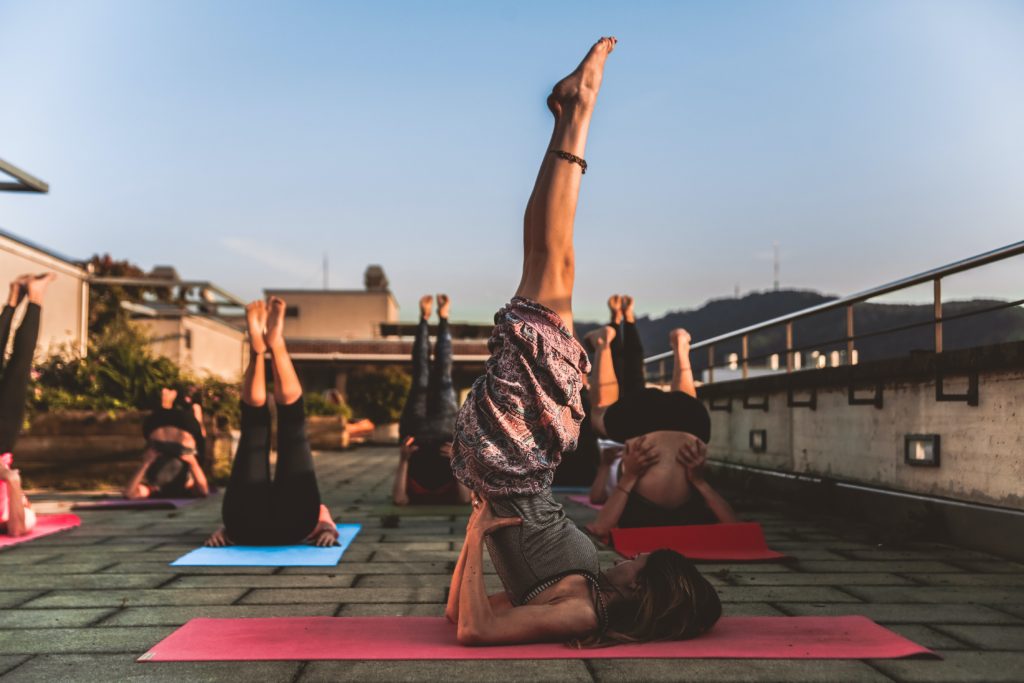
Vinyasa Yoga
Vinyasa, or “flow yoga,” is another popular form of physical and spiritual exercise around the world, but focuses on the stream of energy, rather than balance.
While other types of yoga can be regimented and packaged to ensure a particular feeling or workout, Vinyasa is incredibly unique from class to class. That’s because this form is very instructor-specific, who leads the group through a constant progression of poses reflecting the energy of the room, rather than a preset design. That’s what gives it the nickname flow yoga.
Vinyasa is a physical engagement with the Buddhist teachings of the impermanence of life and everything in it. As you progress through the lesson, you’ll move through dozens of poses that you may never come back to and understand that that’s okay. Your energy must keep flowing and while nothing is everlasting, it can still affect you long after it’s gone.
If you’re looking for something that will transform a churning inner-spirit into a flowing river, Vinyasa yoga is the style for you.
Yin Yoga
Yin yoga is the counterbalance to Vinyasa, which targets periods of stillness and reflection over the flow of energy.
Yin yoga is meant to stretch deep connective tissues, ligaments, and joints that are difficult or sometimes painful to target in other forms of exercise. In yin sessions, practitioners will hold poses for up to five minutes and calm themselves by focusing on breathing and relaxing their muscles.
Intentionally focusing on the stillness and static tension in this form of yoga allows the mind to do the same. Meditation is a vital form of yoga and a standard way for Hatha yoga to end their sessions. As the body relaxes after the physical exercise, the mind follows suit. Actively thinking about nothing and allowing thoughts and tensions to flow away with your tension is one of the key benefits of yoga… and Yin yoga is the height of that.
Yin yoga is perfect for people who are looking for a way to become more flexible and want a physical component to their meditation.
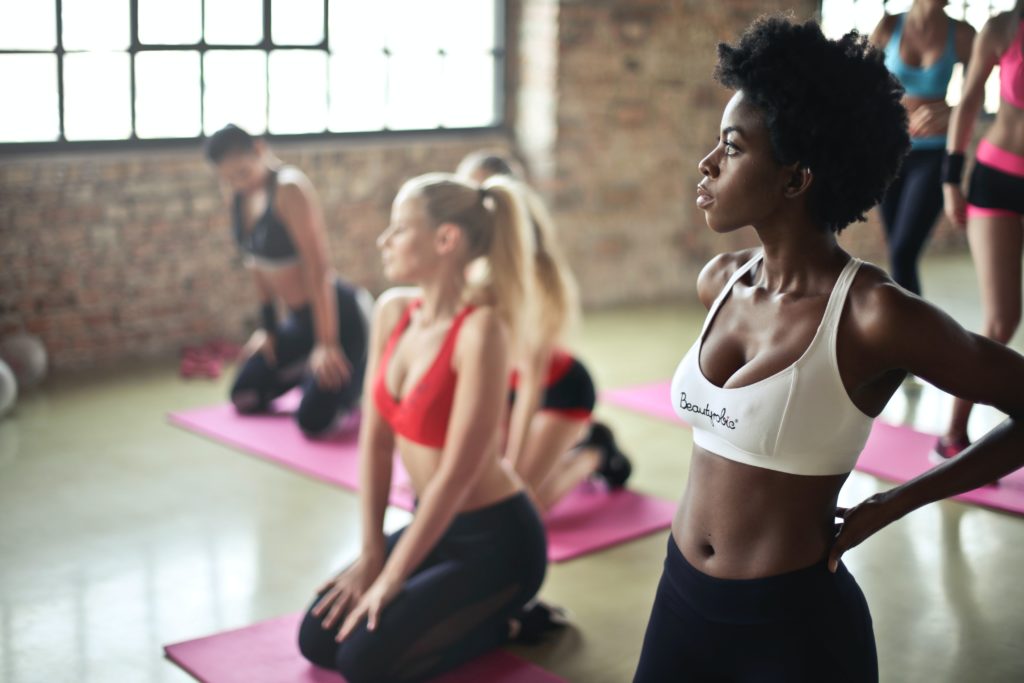
Bikram Yoga
Bikram yoga is what most Western studios simply call “hot yoga” and is defined by its strict rules.
In Bikram yoga, the instructor-led classes must be in a room at 105° F and 40% humidity with 26 postures and two breathing exercises. The effect leaves you sweating buckets, but relaxed and still by its completion.
It should also be noted, that while this sounds difficult and demanding, you can take this at your own pace and no one is expected to make it through every class, especially at the beginning. So, if you’re new to yoga in general, don’t feel like you won’t perform “well” just because it’s hard. And of course – embracing that change can be fun!
Hot yoga studios will often bend some of the rules so they aren’t strictly Bikram, but the style can still target your spirituality in the same way. Bikram is physically demanding because it believes that working the body is necessary to working the spirit. As the body tires and rebuilds itself, so does your inner wellness.
Bikram yoga is perfect for anyone who wants a workout in their yoga routine, but also for those who feel the most peaceful when they’re energy is spent.
No matter which style of yoga you pursue, the important part is to follow both your body and spirit and do the style that is best for you! If you do that, you can be sure to reap all of yoga’s many benefits.






